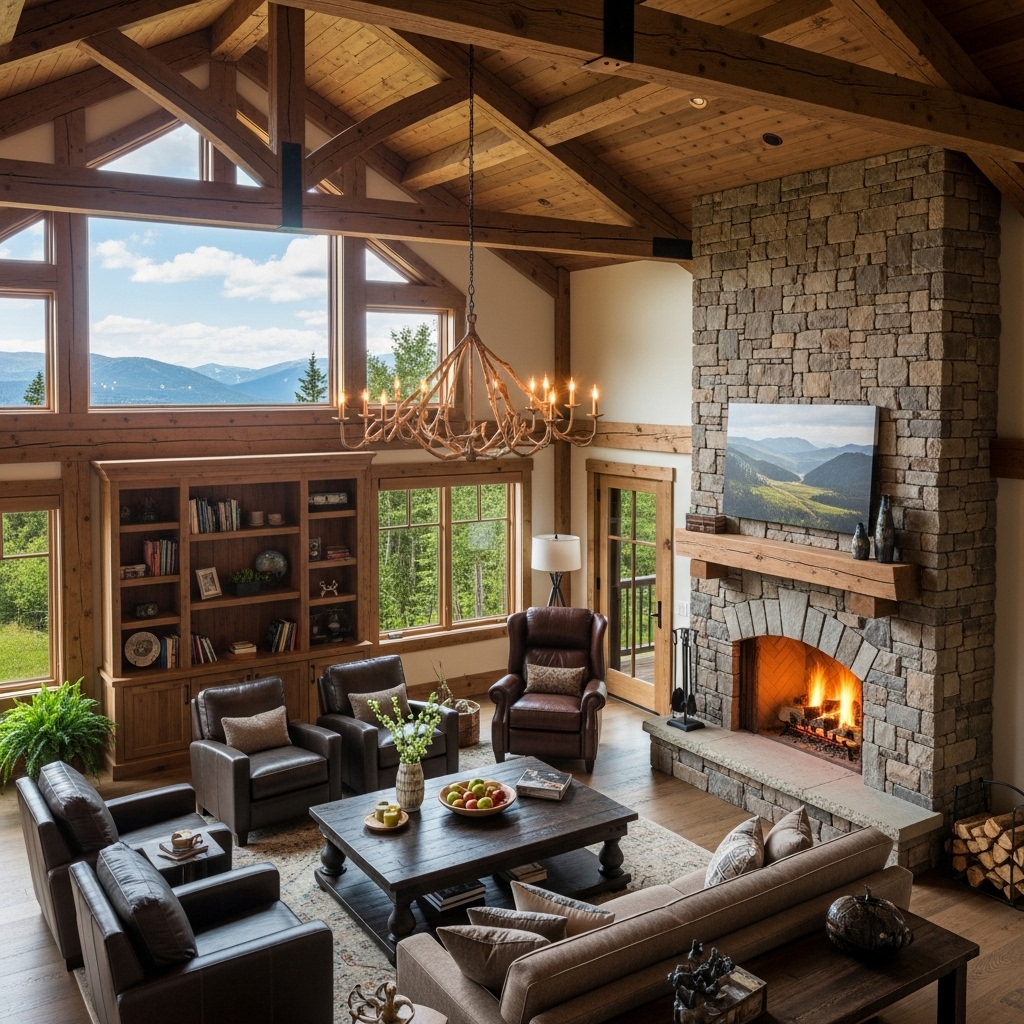We are in the middle of 2025, an era where luxury meets the wild in the most sustainable way possible. Eco-tourism lodges are no longer just a rustic retreat; they’re becoming architectural masterpieces built with purpose, and timber is right at the heart of this movement.
From the vast savannas of South Africa to the dense forests of Uganda, timber is helping architects blur the line between nature and nurture.
And in this blog, we’re diving deep into how timber is reshaping eco-tourism lodge architecture with beauty, brains, and an eco-conscience.
The Rise of Eco-Conscious Lodge Design
Eco-tourism isn’t just a buzzword anymore; it’s a full-blown movement. Today’s travelers aren’t just looking for breathtaking views or Big Five sightings; they want experiences that don’t leave a scar on the environment. In response, lodges are leaning into sustainable materials and low-impact designs that harmonize with the natural world.
Timber is the MVP here. Compared to steel or concrete, it has a much lower embodied carbon footprint. Certain species, such as eucalyptus and pine, grow rapidly, making them a renewable option that doesn’t require decades to replenish. Furthermore, timber is biodegradable, beautiful, and incredibly versatile, whether it’s being used as poles, cladding, or open-frame structures.
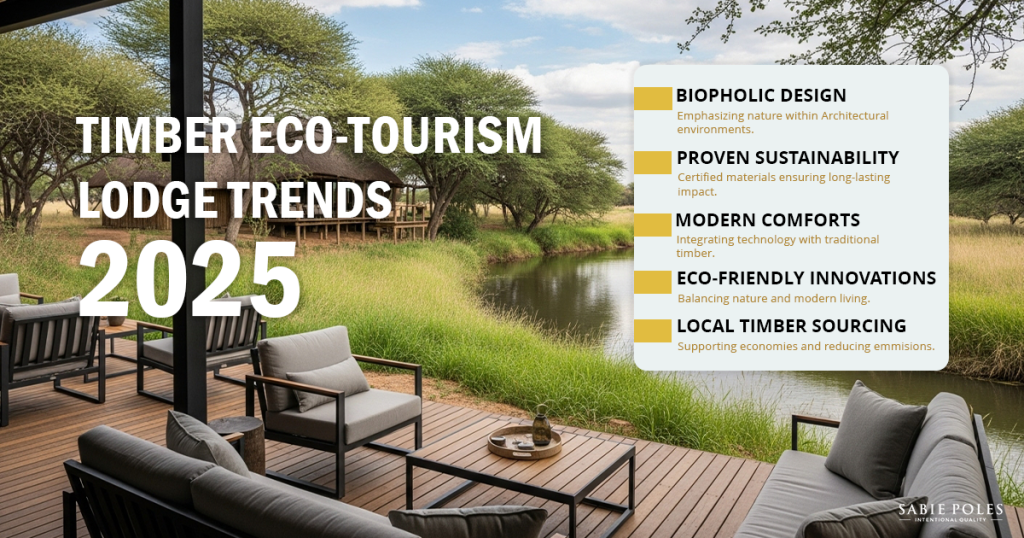
5 Timber Eco-Tourism Lodge Trends used by Architects in 2025.
Biophilic Form & Function
One of the most exciting trends for eco-tourism lodges this year is the rise of biophilic design, spaces that mimic nature in form and feel. Think treehouse-style suites elevated on timber poles, or cozy, cocoon-like decks shaped with curved timber slats.
These spaces don’t just look natural, they feel natural. The open-beam ceilings, timber railings, and pole-supported structures make it easy for guests to feel immersed in the surrounding environment without ever sacrificing comfort.
Innovative Construction Techniques
Time is money in remote lodge building. That’s why many developers are embracing modular and prefabricated timber components for eco-tourism lodges. These allow for quicker builds with less disruption to the land and wildlife.
While engineered timber, such as glu-lam beams, is gaining popularity for large spans and dramatic rooflines, traditional timber remains a trusted choice for its natural durability, aesthetic warmth, and cost-effectiveness. Products such as CCA-treated poles and solid structural timber supplied by Sabie Poles continue to play a vital role in building strong, sustainable lodge foundations.
Sustainability Credentials that Matter
Eco-savvy guests want to know their stay supports sustainability. Lodges now proudly promote their use of FSC, PEFC, or SABS-certified timber. And for those building in Africa’s tougher climates, CCA-treated poles and timber are the go-to, they’re incredibly durable, moisture-resistant, and immune to most pests.
Embracing Localism & Procurement
Going Local with Timber. Another big push in 2025? Sourcing locally. Lodges that use timber grown and processed nearby are minimizing their carbon footprint and supporting local industries.
South African suppliers, for example, are providing eucalyptus poles and pine timber directly from managed plantations. This not only shortens the supply chain, it also builds stronger community partnerships and economic resilience.
Integration with Modern Comforts
Solar-Ready, Timber-Based Designs. Sustainability isn’t just about materials, it’s also about energy use. Many lodges now design solar panel systems into timber walkways and pole-supported rooftops, ensuring clean energy is seamlessly integrated into the architecture.
High ceilings, open-truss roofs, and timber ceiling fans are all part of the trend. They promote passive airflow, which means guests stay cool without guzzling electricity. It’s smart design that blends form, function, and eco-awareness.
Case Studies & Visual Inspiration
Here are standout examples of luxury eco-tourism lodges that have masterfully combined creative architectural design with the natural warmth and versatility of timber. These lodges showcase how poles and timber can be used not just structurally, but as key design elements that enhance sustainability, elegance, and a deep connection to the surrounding landscape:
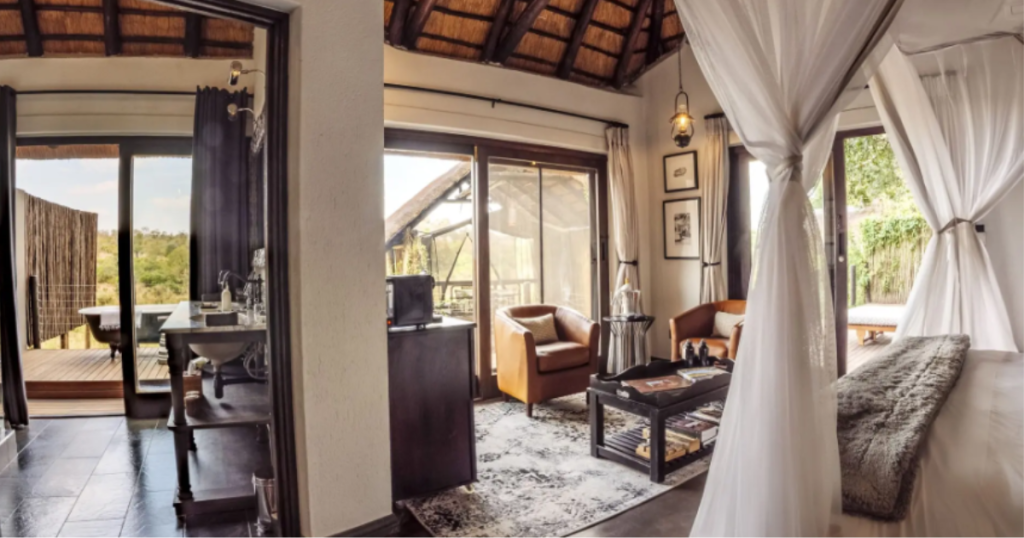
Jock Safari Lodge, Kruger National Park
beautifully integrates poles and timber into its design to create an immersive bushveld experience. Exposed twisted jackalberry tree trunks serve as structural supports in the open-plan suites, offering a rustic yet elegant aesthetic inspired by the original landscapes of “Jock of the Bushveld” jacadatravel.com. The guest suites open onto expansive timber decks, constructed using durable FSC-certified Cumaru hardwood, which weathers naturally and withstands the Kruger Lowveld climate.
These hardwood poles and decking materials appear throughout communal and private spaces—from Sala seating areas to walkways—creating seamless transitions between indoors and outdoors. This timber architecture evokes authenticity and sustainability, while providing guests with tactile connection to the riverine landscape surrounding the lodge.
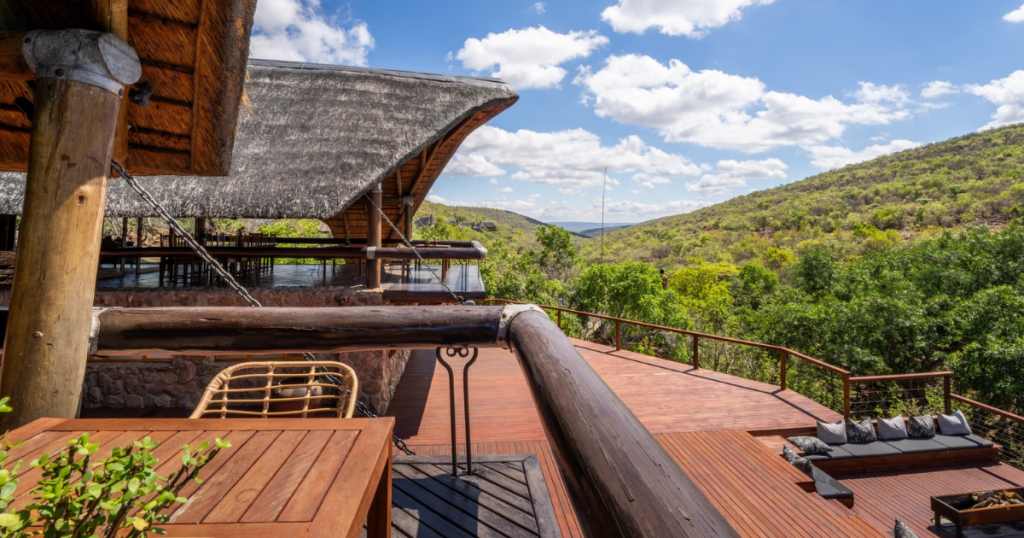
Sediba Luxury Safari Lodge
This lodge showcases the powerful role of timber and poles in luxury lodge architecture. Set in South Africa’s Waterberg region, the lodge embraces natural materials to create harmony with its wild surroundings. Exposed timber poles form the structural framework of suites and communal spaces, giving each area a grounded, organic feel.
Rich wood textures are used throughout, from soaring ceilings and support beams to detailed decking and balustrades, blurring the lines between nature and design. Timber cladding and pole features are not only functional but central to the aesthetic, offering warmth, authenticity, and a tactile connection to the bush.
Sediba’s use of timber architecture proves that sustainability, elegance, and comfort can coexist beautifully in a wilderness setting.
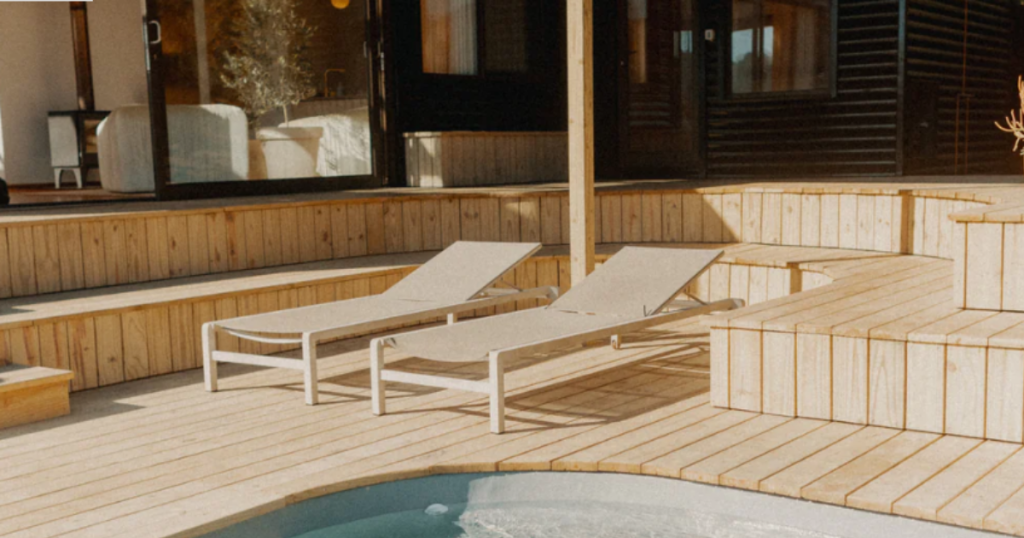
Nima Lodge
The Luna Cabin at Nima Lodge, nestled in the lush hills of Wilderness, is a striking example of timber architecture that blends minimalist design with natural warmth. Elevated on timber stilts, the cabin minimizes its impact on the landscape, allowing vegetation to thrive underneath. Inside, exposed timber poles and beams define the open-plan structure, adding both strength and rustic character.
Floor-to-ceiling windows frame panoramic views of the forest, while warm timber finishes run throughout the kitchen, living area, and bedroom—enhancing the sense of immersion in nature. The timber exterior is designed to weather naturally over time, softening into a silvery-grey that complements the surrounding wilderness.
From the locally sourced wood used in its structure to the crafted ceilings, walls, and finishes. Luna Cabin showcases how poles and timber can be both functional and beautiful. This lodge proves that timber architecture, when done thoughtfully, creates a luxurious and sustainable retreat with an unmistakable connection to the landscape.
The Wild is No Joke
Building in the African bush isn’t easy. Moisture, extreme heat, and insects like termites can wreak havoc. That’s where CCA-treated poles shine. They’re built to last, standing up to weather and pests.
Building codes matter, even in the wilderness. Selecting the right hazard class of timber is key to compliance and guest safety. Plus, regular inspections and planned maintenance ensure the timber’s beauty and structural integrity hold up over time.
If you’re building or upgrading an eco-lodge in 2025, timber should be your foundation, literally and figuratively. It’s sustainable, versatile, and timeless. From local sourcing to biophilic design, the possibilities are endless when working with the right materials and suppliers.
CCA-treated poles and certified timber aren’t just trends, they’re essential tools in creating long-lasting, low-impact, high-luxury destinations in nature.
Need more info or even a quote on our poles and timber products? Get in touch with Danie – we’re here to help you make the best timber choices for your project. Call/Whatsapp: 072 838 2838 or email: sales@sabietimber.co.za. We are always here to assist.


